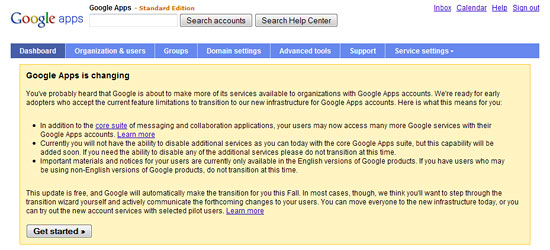What is DKIM?
DomainKeys Identified Mail (DKIM) is a method for email authentication designed to detect sender address forgery (spoofing) in email, which is often used in spam and phishing emails.
Continue reading Checking your DKIM DNS recordDomainKeys Identified Mail (DKIM) is a method for email authentication designed to detect sender address forgery (spoofing) in email, which is often used in spam and phishing emails.
Continue reading Checking your DKIM DNS recordI launched a new WordPress blog for a client a few months ago and have been watching as comment spammers find the site and do what they do best, leave spam. As the first few spam comments started coming in I would flag them then manually copy/paste the source IPs and URLs to the built-in WordPress “Comment Blacklist“.
Over time I obviously started seeing some duplicates and I noticed bursts of spam from certain IPs or linking to specific spam URLs. I was curious to see what these top IPs and URLs were, as they would seem the best candidates to include in the blacklist.
So, let’s dig around in the database a bit…
Continue reading Counting your top WordPress comment spam source IPs and URLsNov. 2022 Update: The Digital Fair Repair Act presents an opportunity for New York’s legislature to make history and protect users’ rights: https://www.eff.org/deeplinks/2022/11/demand-your-right-repair-new-york-state-0
Some good news! The pendulum of product design philosophy (and the design of the production process itself) is continuing to swing away from disposable objects with built-in obsolescence and is finally gaining momentum back toward products that can be reused, repaired and eventually more fully recycled.
One branch of the Sustainable Design and Industrial Redesign movement is Design for Disassembly (DfD). This design strategy is well summed up here:
Continue reading Repair the cycle: Design for DisassemblyThis is the true genius of design for disassembly. It is a simple commandment to human creativity—you made it, you tell us how to get rid of it when its useful life is over or don’t make it in the first place. Of course, what [makes DfD] so effective is that environmental problems are placed in the hands of those people most likely to have a solution–the product designers themselves.
Jonathan Larson – The Philosophy of Design for Disassembly

If you want to be an early adopter, and haven’t already automatically been given the option to transition your Google Apps account to the new infrastructure, here’s a handy tip to manually trigger the upgrade process.
Point your browser to the following URL, using your own Google Apps domain name, like so:
https://www.google.com/a/cpanel/[yourdomain.name]/GoogleAccountUpgrade